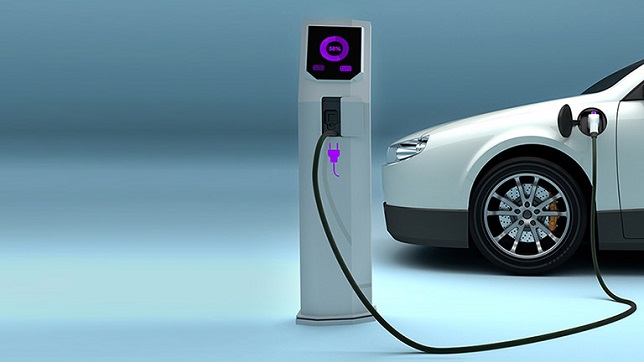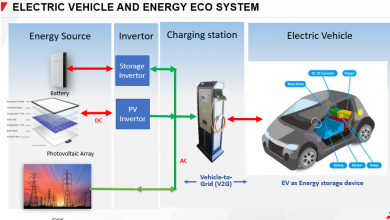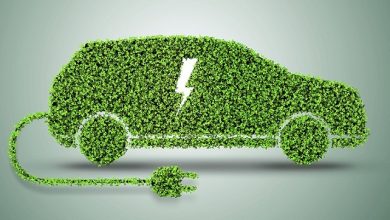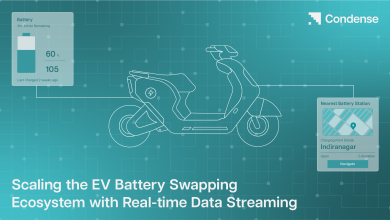Roadblocks to broad consumer adoption of EVs in developing nations

Electric Vehicles are around the corner with the promise of lower travel costs and carbon emissions. So the rapid shift of the transport sector towards electric mobility shouldn’t be surprising. Electrification of vehicles reduces dependency on oil and frees the vehicular exhaust from greenhouse gases. Not only are they a friend of the environment but also economically efficient. The concept of widespread EV adoption is deliberated globally—especially in developed countries. However, the conversations of EV adoption haven’t found their way to developing or low-income countries. Especially in a time when escalating fuel prices and deteriorating environmental conditions continue to heighten the need for EVs in such emergent nations. For instance, in India, poor-quality air is a life-threatening health issue. Out of the 30 most polluted cities in the world, 21 of them are in India. As a corrective measure, the government of India has aimed to power 25% of private vehicles electrically by 2023. Hence, one can see why it is imperative to discuss the long-term EV adoption plans for developing nations.
Problem with EVs in developing nations
The United States of America and China make up 65% of the total E4W users (Electric four-wheelers) in the world. Next in line is Europe with a global share of 23%. On the other hand, countries like India, Pakistan, Vietnam contribute to a despondent 1%. Despite its acute need, EVs remain unpopular in developing countries. For which, the high cost of ownership, poor range, slow charging, and resistance to accepting new technologies can be held accountable. Hence, financial limitations, environmental conditions, and resistance to new technologies have had a debilitating effect on the use of EVs in emergent nations.
1. High COA (Cost of Acquisition)
For low-income families, E4W acquisition seems nearly impossible without government subsidies. The total cost of acquisition(COA) of E4Ws is about 10 times higher than the initial COA of gas-powered E4Ws. While electric scooters or E2W are economically accessible, the high-sticker price of E4Ws continues to hinder widespread EV adoption in emergent nations.
2. Poor driving ranges
The low energy density of E4W batteries plus non-existent charging infrastructure equal poor driving ranges. These lead to range anxiety—where a driver constantly worries about how far they can travel with the remaining battery. Hence, it is clear why a limited driving range between consecutive charge times is a major obstacle to broad consumer adoption. It hurts productivity and prevents the use of EVs beyond city limits.
3. Long charge times
At 1.4 kW, it takes an average of three to eight hours to charge an E4W to 100%. When compared to an ICE car (internal combustion engine), which takes about 10 minutes to refuel—EVs certainly have long charging times. Hence, EV charging times become problematic when accomplishing time-sensitive deliveries.
4. Resistance to new technologies
With a low literacy rate, the readiness of people to accept EVs as their primary mode of transport is certainly less. A study conducted in Vietnam successfully concluded that consumers will pay more for better vehicular range and speed—unbothered by the vehicle’s effect on the environment.
5. Temperature and EV ranges
Data obtained from 4,200 connected EVs and 5.2 million trips show that there is a significant effect of temperature on EV’s state of charge (SOC) and range. At -15, EVs may drop up to 54% of their ideal range. However, even an increasing temperature isn’t exactly helpful either. After 22℃, increasing temperatures cause a steep drop in EV range, as seen below:
Brainstorming solutions to increase EV outreach
To maximize consumer convenience in developing countries, a lot can be done. The lack of infrastructure, traffic congestions, and slow charging times affect EV ranges. A way to combat range anxiety is efficient routing. Route optimization is a major aspect of EV management. It includes designing routes that can maximize EV autonomy. The objective here is to plan routes that give access to charging infrastructure without increasing the total distance of the trip. Switching to E2Ws can also help reduce some of that range anxiety. While E4Ws require sophisticated charging infrastructures, E2Ws can function just fine with portable batteries or charging from an outlet.
Getting accurate, real-time information about an EV’s state of charge, battery life stats, alerts for critical range, projected EV mileage, trip distance, and more can greatly reduce range anxiety. A powerful EV management software may help improve the performance of EVs in developing nations—without being a burden on the cost of EV operation.
Adapting EVs in emergent nations is certainly a challenge—yet it is a challenge worth undertaking. EV use could considerably improve air quality indexes and reduce a nation’s dependency on non-renewable sources of energy. Granted that the cost of an EV acquisition is high, but it certainly makes up for it by being energy efficient and environmentally viable.
References:
https://en.wikipedia.org/wiki/Air_pollution_in_India#Steps_Taken
https://www.mdpi.com/2071-1050/12/5/1906/htm
Author:

Tushar Bhagat
Director
Uffizio India Pvt. Ltd.
Tushar Bhagat is the CEO of Uffizio. He has simmered 15 years worth of informatics knowledge & experience into a one-of-a-kind telematics platform. This fleet management system has been acclaimed and widely used by businesses in over 60 countries. Mr. Bhagat firmly believes in finding creative solutions to everyday challenges—so businesses can bloom into their full potential.




